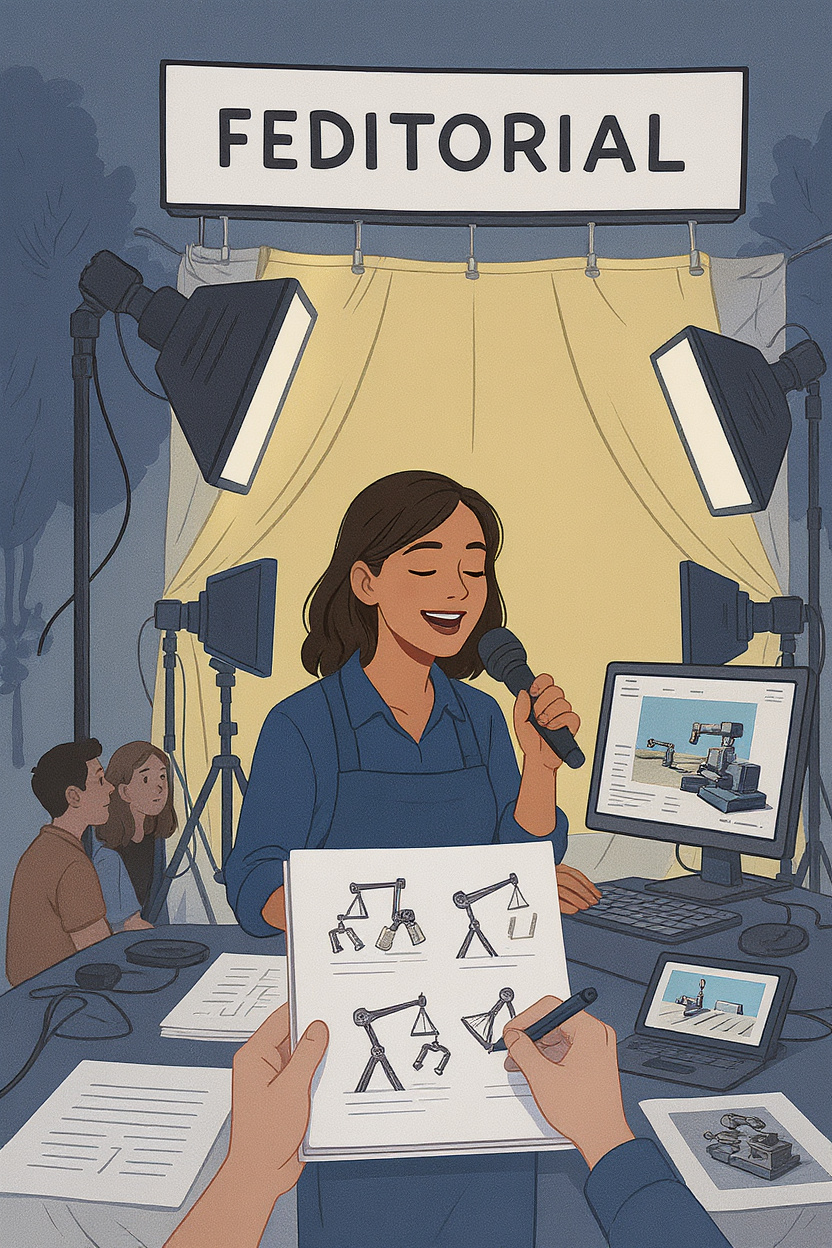TECH COMPANIES SHOVEL BILLIONS INTO AI VOID WHILE ADMITTING “THIS SH!T DOESN’T ACTUALLY WORK YET”
Corporate America pledges to waste over $600 billion on fancy autocomplete technology that hallucinates facts, invents citations, and occasionally tries to seduce its users
SILICON VALLEY CLOWN SHOW CONTINUES
In what experts are calling “the most expensive mid-life crisis in human history,” tech giants announced plans to increase spending on generative AI to over $600 billion by 2025 despite growing evidence that the technology is about as reliable as a drunk fortune teller with amnesia.
Gartner’s latest report confirms that generative AI has officially entered the “Trough of Disillusionment,” the stage where technology stops being a magical unicorn and reveals itself to be more of a three-legged donkey with a party hat glued to its forehead.
“We know it doesn’t work properly yet, but have you SEEN how much money everyone else is spending?” said Chip Silversplurge, Chief Innovation Evangelist at MegaTech Industries. “If we don’t burn at least $50 billion on this, shareholders will think we’re not serious about the future.”
THE NUMBERS ARE F@#KING RIDICULOUS
Despite high-profile failures including lawsuits over fabricated legal citations, celebrity death announcements for people who are very much alive, and that one chatbot that told a New York Times columnist it loved him, corporations remain committed to throwing money at the problem until it either goes away or takes over the world.
A shocking 93.7% of executives surveyed admitted they have no idea what generative AI actually does but feel “extreme FOMO” about not investing in it. An additional 87.2% confessed they just like saying “we’re an AI company now” during earnings calls because it makes the stock go up.
EXPERTS QUESTION EVERYTHING
“What we’re seeing is basically the corporate equivalent of buying a Ferrari during a midlife crisis,” explained Dr. Mona Wastedollar, professor of Technological Hysteria at Silicon Valley Community College. “Except instead of one sad man spending $300,000 he doesn’t have, it’s entire Fortune 500 companies flushing hundreds of billions while their actual products stagnate.”
The technology itself remains in that awkward adolescent phase where it’s simultaneously impressive and embarrassingly incompetent. Consumer trust has plummeted after discovering their magical AI assistant is essentially just spicy autocomplete that occasionally makes up historical events and recommends cooking recipes that might poison your entire family.
“The current state of generative AI is like having a very confident intern who never checks their work,” noted Professor Warren Peace, who heads the Department of Expensive Digital Disappointments. “Sure, it’ll give you an answer to absolutely anything with complete conviction, but there’s a solid chance it’s total bullsh!t.”
CORPORATE STRATEGY OR COLLECTIVE DELUSION?
Some critics suggest the massive spending increase represents less a strategic business decision and more an industry-wide panic attack. “Look, nobody wants to be Blockbuster in a Netflix world,” explained Stan Sensible, a lone rational voice at venture capital firm Money Bonfire Partners. “But right now, companies are basically competing to see who can set the most cash on fire while chanting ‘disruption’ and ‘paradigm shift.'”
Meanwhile, the hardware manufacturers selling AI-ready servers are reportedly “laughing all the way to the bank” as they sell increasingly expensive silicon to companies desperate to process word salad at unprecedented speeds.
“We’re selling $40,000 graphics cards that were $4,000 last year,” chuckled Nvidia spokesperson Rich McFilthyrich. “And the best part? They’ll all need to upgrade again in six months when we release one that’s 0.3% faster.”
As of press time, three major banks had announced plans to replace 40% of their workforce with AI systems that currently can’t reliably determine if 7 is greater than 5 but will definitely transform the future of finance somehow.




